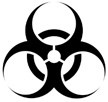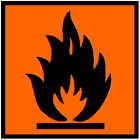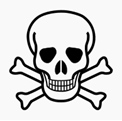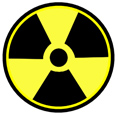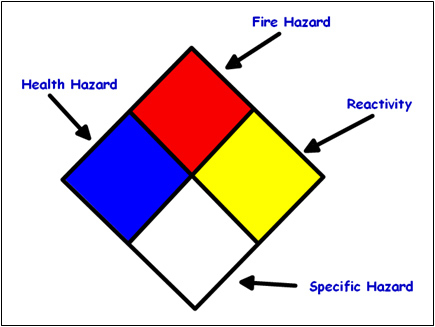
Reactivity - YELLOW
0 = Normally stable
1 = Unstable if heated - use normal precautions
2 = Violent chemical change possible - use hose streams from a distance
3 = Strong shock or heat may detonate - use monitors from behind
explosive barriers
4 = May detonate- vacate areas if materials are exposed to fire
Fire Hazard - RED
0 = Will not burn
1 = Must be preheated to burn
2 = Ignites when moderately heated
3 = Ignites at normal temperatures
4 = Extremely Flammable
Health Hazard - BLUE
0 = Like ordinary material
1 = Slightly hazardous
2 = Hazardous - Use breathing apparatus
3 = Extremely dangerous - use full protective clothing
4 = Too dangerous to enter vapor or liquid
Specific Hazards - WHITE
